Director: Herman Yau
Writer: Erica Li, Lee Sing
Cast: Anthony Wong, Jojo Goh, Gordon Lam Ka-Tung, Michelle Wai, Mak Kwai-Yuen, Chye Yang
Running Time: 102 min.
By Martin Sandison
After this year’s Udine Far East Film Festival screening of The Sleep Curse – and before my scheduled interview with its prodigiously talented director, Herman Yau – I bumped into the great man outside the theatre. I told him that I’d never seen a film like the masterful Untold Story before; he thanked me and said that Tai Seng’s U.S. DVD release was the only uncut version ever released; I told him I would seek it out. Fellow COF reviewer (and kung fu brother), Matija, and I, suitably had a few drinks before the midnight showing of The Sleep Curse. The movie reunites Untold Story star Anthony Wong with Yau, and I felt privileged and excited that this was the uncut showing (10 seconds has been cut for the Asian release) – on top of this – we were watching it in the company of Mr. Yau.
Wong stars as Lam, a neurologist who specialises in sleep problems. He is taken on by an old flame, Monique (Jojo Goh), to help cure her elder brother’s extreme insomnia. Seeing that her brother is under a type of black magic, Lam decides to visit a medium and work out his own past to further his work. Thus, the narrative flashes back to WW2, wherein Lam plays his father Lam Sing, who is a translator working with the Japanese during the occupation of Hong Kong.
The beginning and end of the film are very strong, with a great aesthetic that exudes creepiness and brings back the style of the Untold Story. The opening showing the insomniac is depicted in grainy home video footage (this part of the film is set in 1990) and is suitably creepy and powerfully edited. Wong’s character, while not as brilliantly drawn as his psychotic intensity in Untold Story, or as disgustingly manic as in Ebola Syndrome, is a combination of fierce anger and barely concealed psychosis. It’s the kind of performance that Wong can portray in a heartbeat, yet it contains huge amounts of pathos. He shows his range yet again with the depiction of Lam, although the narrative falters a bit in the middle. It’s unfortunate. Those expecting the unrelenting nature of the previous two films will be a little disappointed, as the middle section is without extremity or real horror; it’s more a of a creepy ghost story.
Gordon Lam Ka Tung, who is having something of a career renaissance, gives a performance that elevates the WW2 section of the film, playing it with a veteran’s knowing grace. His character Chow Fook is the real villain over Lam Sing here, and it’s an interesting change of pace in the film. Last year, Lam also starred in Yau’s drama Nessun Dorma, and recently won the best actor award for Trivisa. Doh puts in decent shift. Her only previous credit was Struggle, notable for featuring the late, great Fung Hark On.
Erica Li’s script threatens at the beginning to be something truly great, but falters a little once the narrative switches, but is redeemed towards the end. Li has worked with Yau a lot, most recently on the closing film of Udine FEFF Shockwave, and also scripted one of my favourite Stephen Chow films The King of Comedy.
Yau comes with such a great pedigree as a director and cinematographer (he has worked in the latter capacity on some notable Hong Kong films of the last 20 years, including Tsui Hark’s all star, Seven Swords), that you would expect his return to extreme horror to be atmospherically filmed with some moments to make the audience squirm. On both counts, the film succeeds, but there’s something missing. Maybe it’s the fact that no Hong Kong director can really recreate their masterful films of the 80’s and 90’s in style and joyous abandon. The Sleep Curse actually doesn’t aim for a recreation, rather a reinvention, and Yau himself said that it’s about the evil that men do – the WW2 part of the film reflects this, with its ideas of latent forced prostitution.
The Sleep Curse builds up to a seriously disgusting and over-the-top ending that will have those viewers who loved Yau’s earlier films in raptures; rest assured, these scenes are just as horrendous as the worst in Untold Story. Despite not capturing the otherworldly greatness of that film, if you are a fan of extreme cinema, check The Sleep Curse out.
Martin Sandison’s Rating: 7/10


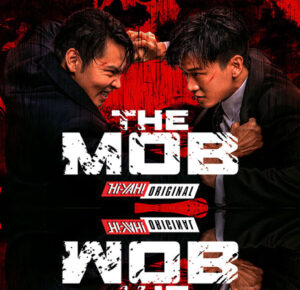

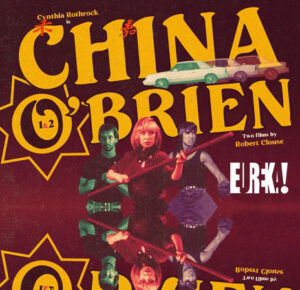

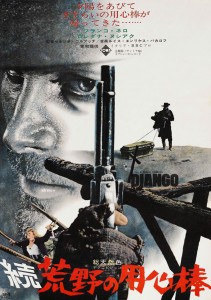


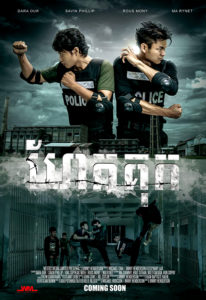



 Perhaps more than any other genre, making a good first impression in an action movie is paramount. Sure there can be some characterisation, plot setup etc. beforehand, but when that first action scene hits, it has to count. Because let’s face it, audiences are tuning into an action movie for action. If that first scene when things start to get physical is a damp squib of an excuse to get the adrenalin pumping, then all is lost. Don’t expect the audience to stick around.
Perhaps more than any other genre, making a good first impression in an action movie is paramount. Sure there can be some characterisation, plot setup etc. beforehand, but when that first action scene hits, it has to count. Because let’s face it, audiences are tuning into an action movie for action. If that first scene when things start to get physical is a damp squib of an excuse to get the adrenalin pumping, then all is lost. Don’t expect the audience to stick around.

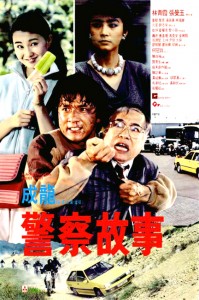
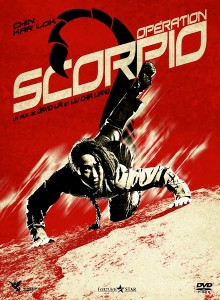
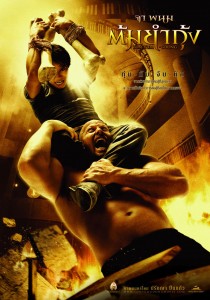
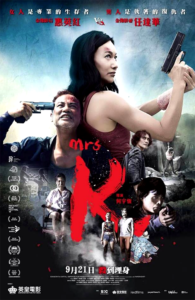

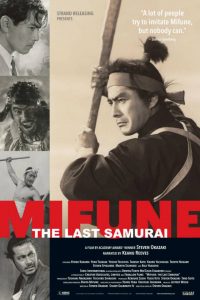


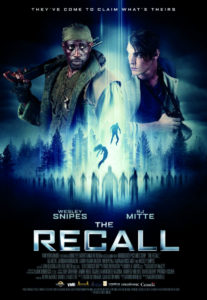



4 Comments